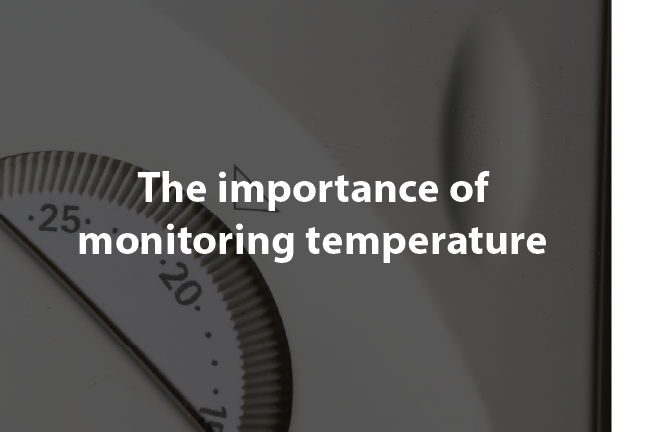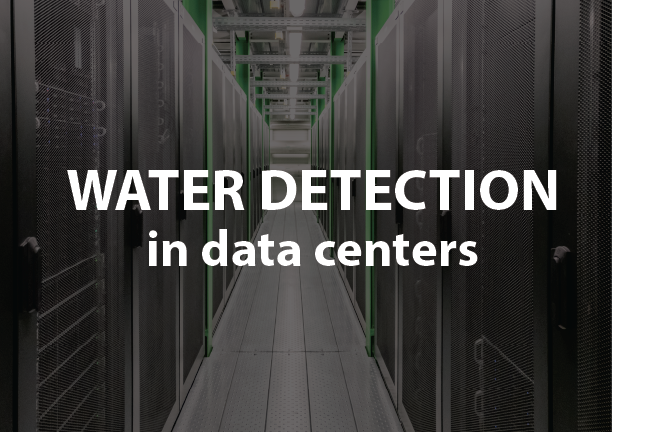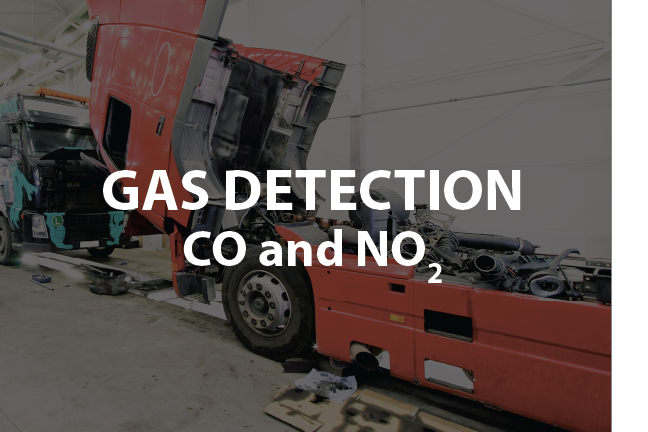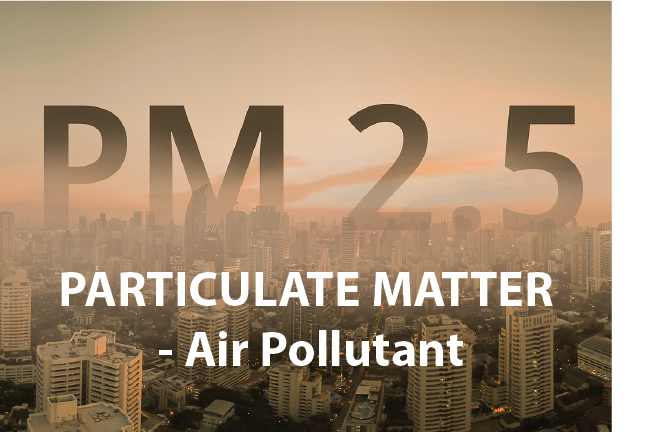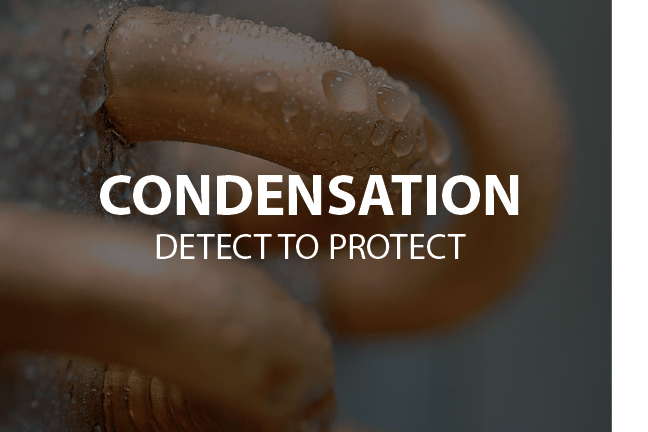New Product Release
Total Indoor Air Quality Total Indoor Air Quality With the worldwide need for accurate monitoring of indoor air quality, Greystone’s new IAQ is a Total Indoor Air Quality Monitor. The IAQ will monitor up to 6 parameters that include Particulate Matter (PM1.0, PM2.5, PM4.0 & PM10), Volatile Organic Compounds, Carbon Dioxide, Formaldehyde, Humidity &…
Details


